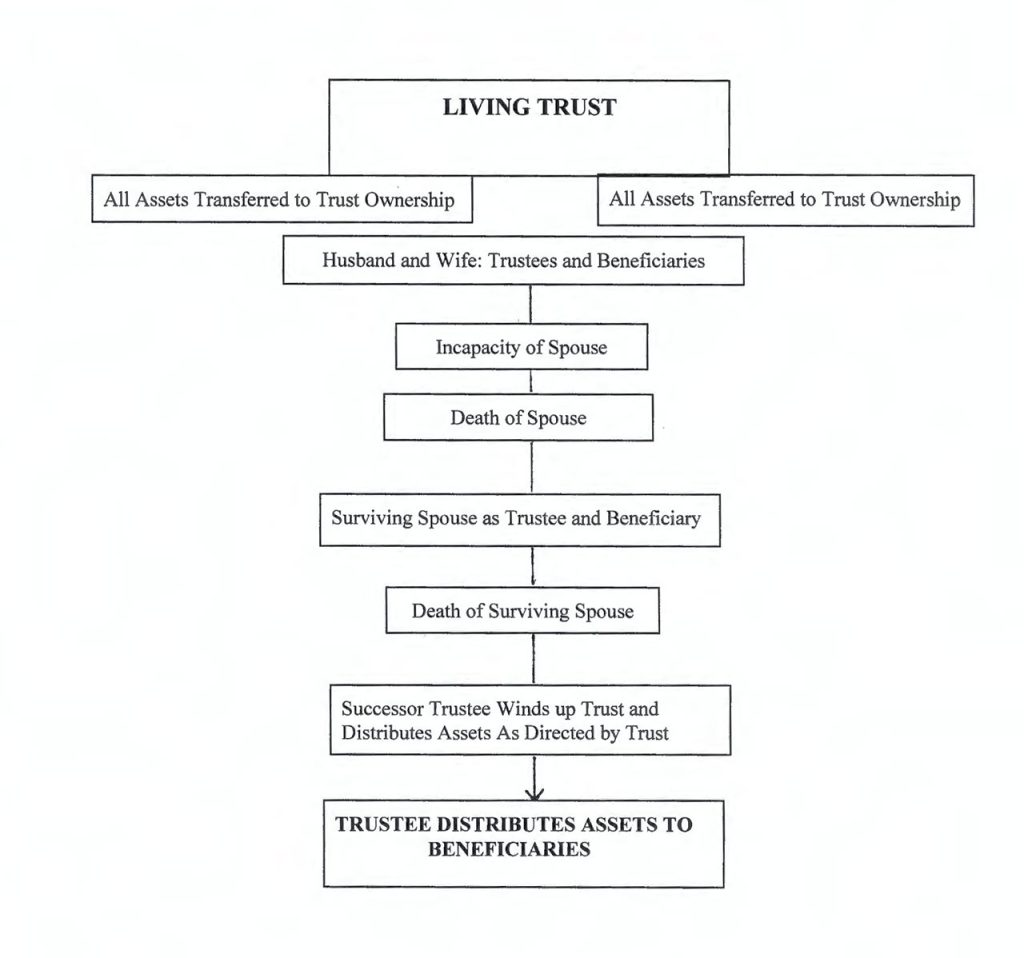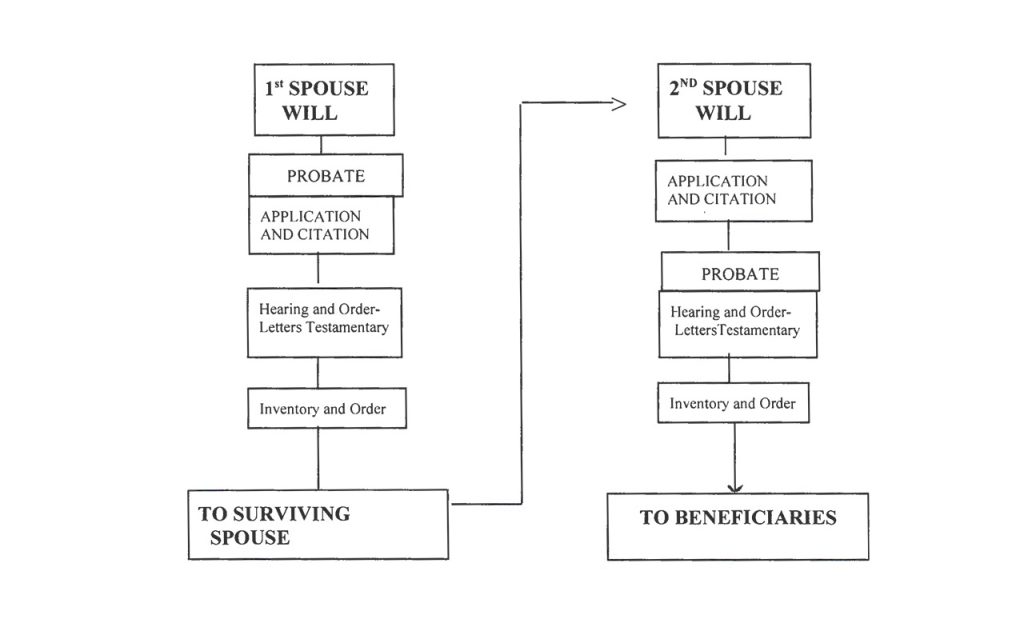Estate Planning: A Summary
Estate planning ideally involves an estate planning lawyer, a financial advisor, and an income tax accountant.
Two prime concerns in all plans are providing for incapacity and death. Estate taxation is not as great a problem now with the current exemptions well over $11 ,000,000).
Lifetime planning/or incapacity.uses powers of attorney and living trusts. Planning should include the possibility of incapacitated spouse or children. Health care documents (medical power of attorney and directive to physicians) are indispensable for peace of mind. Property powers of attorney are useful with certain exceptions.
Lack of death planning results in intestacy. The result may be a court-supervised administration, an expensive process. Planning to avoid intestasy at death typically involves the use of living trusts or wills. Wills require court action to become effective. Living trusts are private and involve no courts. Both vehicles accomplish the same result, although probate of wills at death involves lawyer expense for the necessary probate court action.
Not all assets are subject to a the will probate process. Examples: usually life insurance, annuities, and retirement plan benefits are governed by their own contract, not a will. Tax-favored funds such as retirement accounts can be efficiently distributed, also, to the ultimate beneficiaries through a living trust but, ideally, not through a will probate.
Clarity of expression it the key to successful transfer of assets at death whether the vehicle is a will or a living trust. Immature (by age or judgement) children can be protected from wasting away assets by use of trusts to insulate the assets from poor judgment. Trusts are a tool for controlling assets after death while providing financial security for the beneficiary.
Living trusts are one way to control assets upon incapacity and for distributing assets at death because they are private (do not depend on probate court approval) and provide for continued management of assets upon incapacity.
Both living trusts and wills can include estate tax planning, but with the basic estate tax exclusion amount new at $11.4 million, most do not need estate tax avoidance provisions in their plans.
The gift tax in brief: Each calendar year each person may give to as many non-charitable donees as much as (this years) $15,000.00 (the “annual exclusion” amount, indexed for inflation) before a US gift tax return is required. However, a gift tax is not payable unless the aggregate of all gifts that were greater that the annual exclusion amount exceeds the basic exclusion amount of $11.4 million [adjusted for inflation for 2021]. The basic exclusion amount might be decreased by Congress. All exemptions are up for grabs since Washington is looking for tax money.
A comparison of the expense of the two procedures is surprising.


